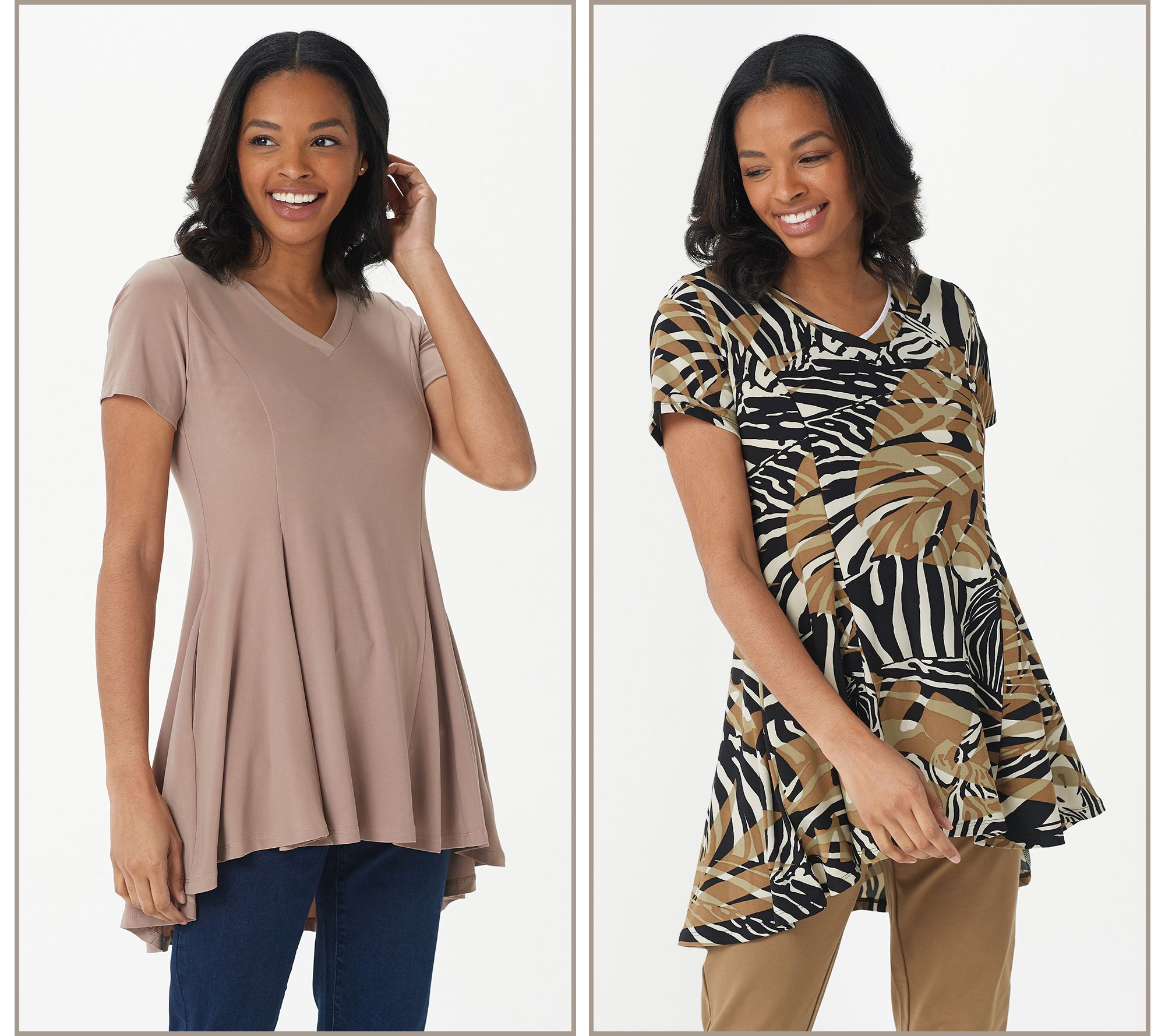2-Ply Cooling Athleisure Face Mask With Nose Bridge & Adjustable Ear Loops – Washable & Reusable – Personalization Available
CDC recommends wearing cloth face coverings in public settings. Performance and protection – ideal for active lifestyles. Made of two layers of polyester cooling material, this mask is breathable, comfortable to wear, washable & reusable.
2-Ply Cooling Athleisure Face Mask With Nose Bridge & Adjustable Ear Loops – Washable & Reusable – Personalization Available. Item # OSV2761.
- CDC recommends wearing cloth face coverings in public settings
- Performance and protection – ideal for active lifestyles
- Made of two layers of polyester cooling material, this mask is breathable, comfortable to wear, washable & reusable
- Covers mouth and nose, prevents touching the face
- Adjustable nose bridge, plus ear loops with toggle for a proper fit
- Inside layer has a filter pocket for optional use (sold separately)
- Add your personalization
- Positive Promotions makes no guarantees or warranties, express or implied, that the mask prevents infection or the transmission of viruses or diseases
Additional information
| Product Size | ONE SIZE FITS MOST |
|---|---|
| Imprint Size | 2"W X 2"H, Up To 3 Lines/Logo;35 Characters Max Per Line |
| Max Imprint Characters/Line | 35 |






Reviews
There are no reviews yet.